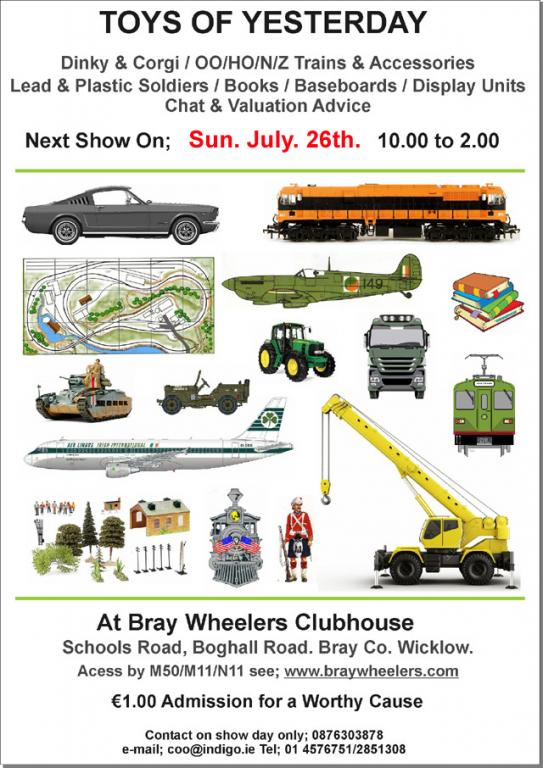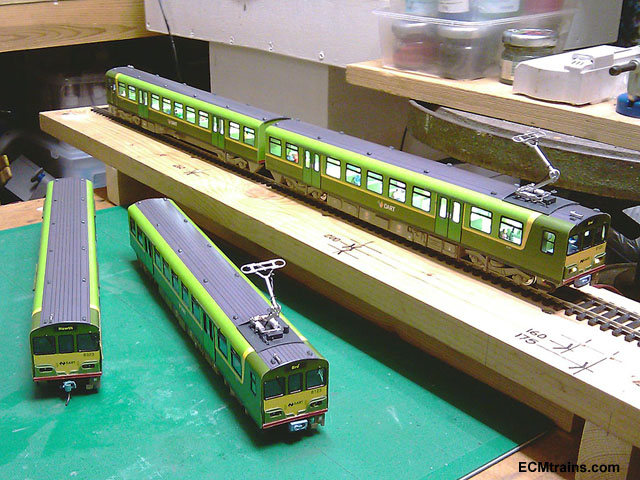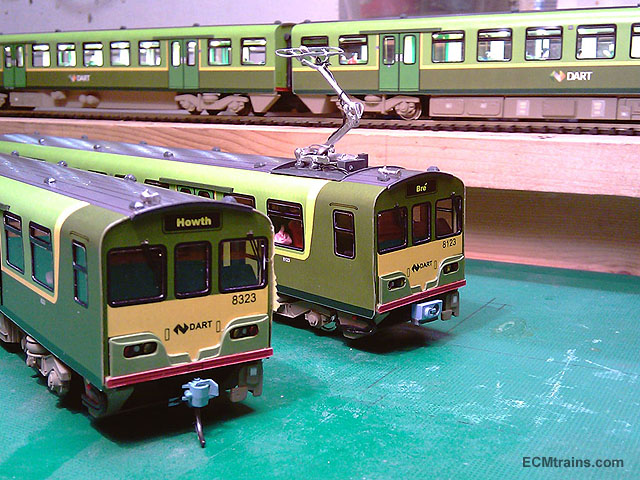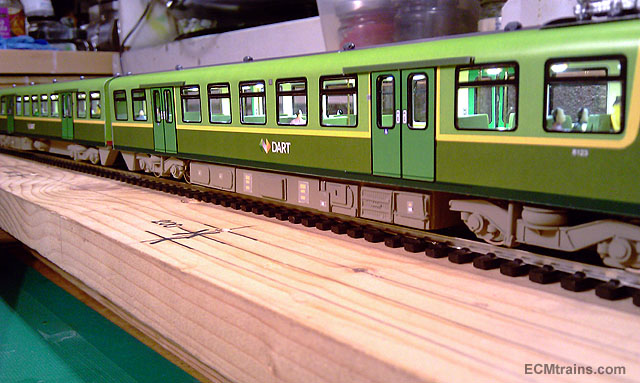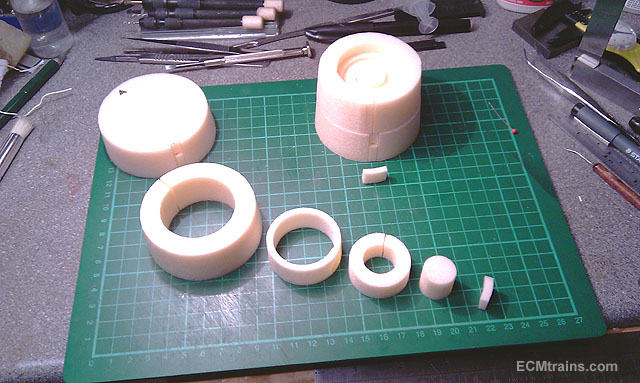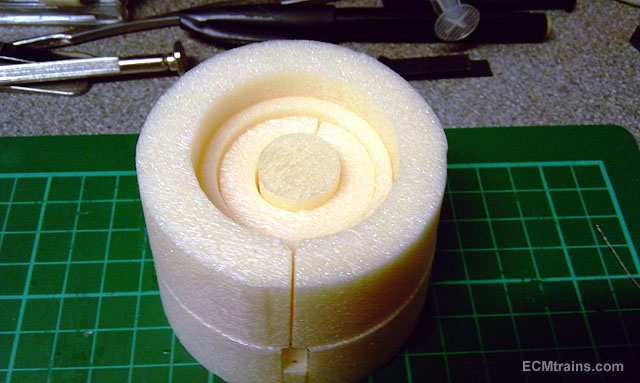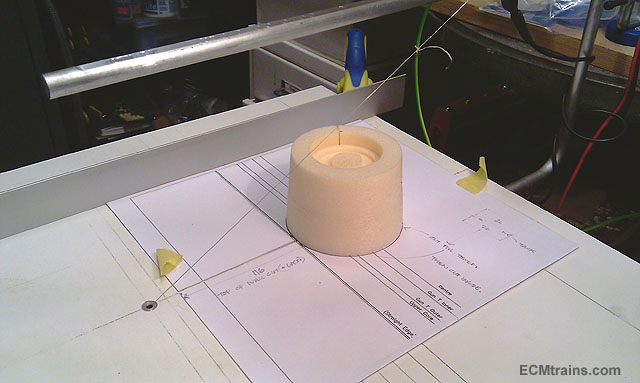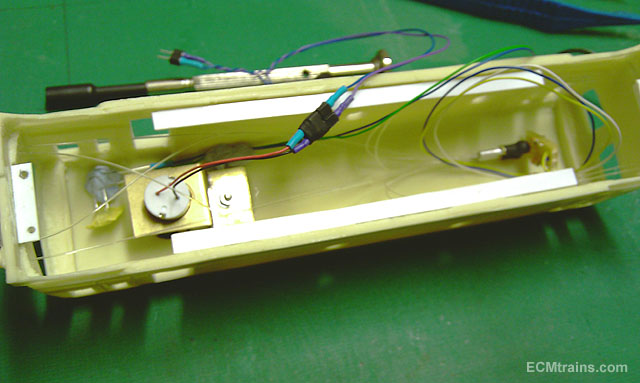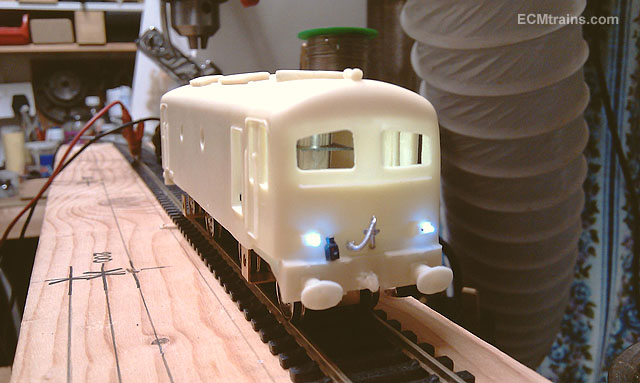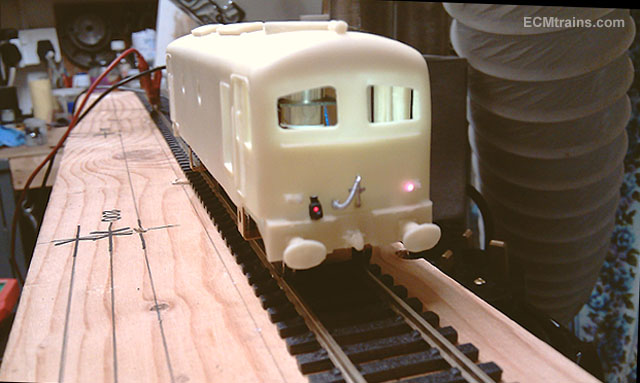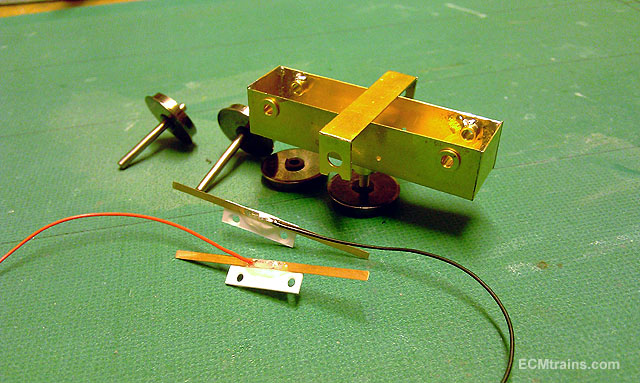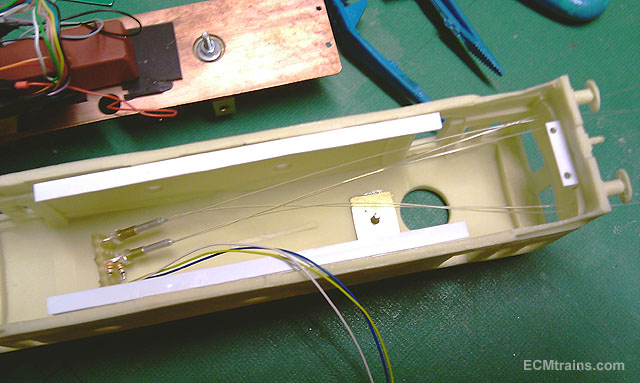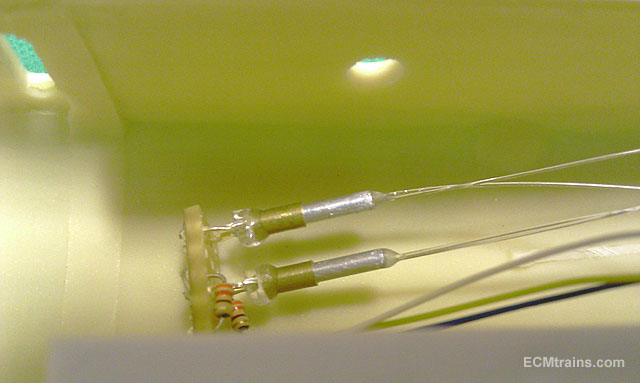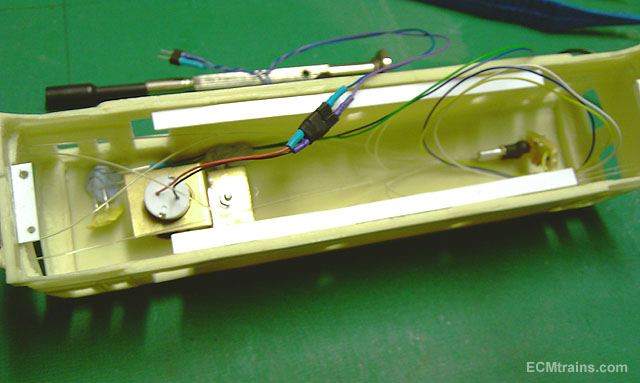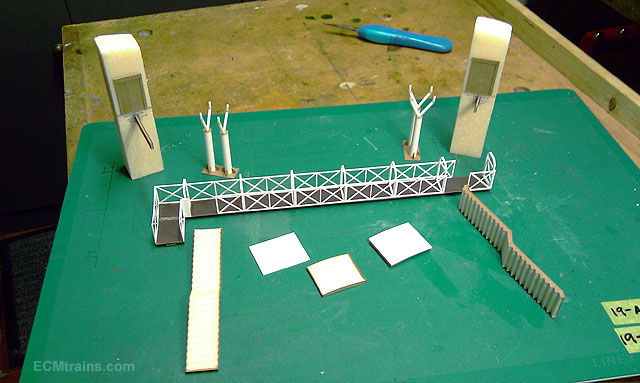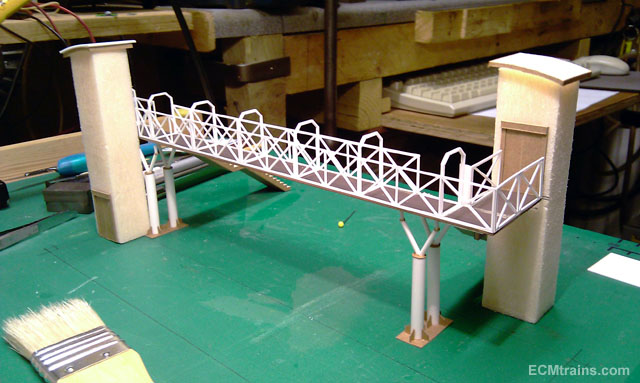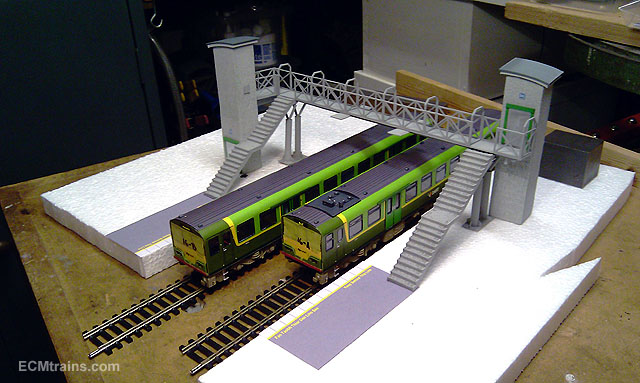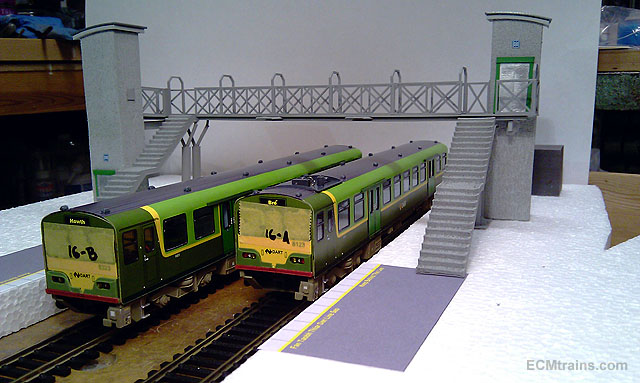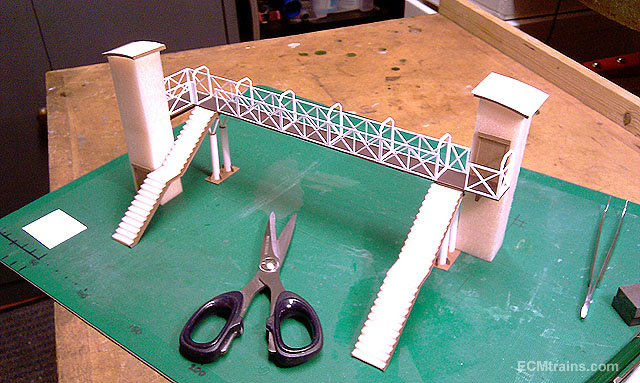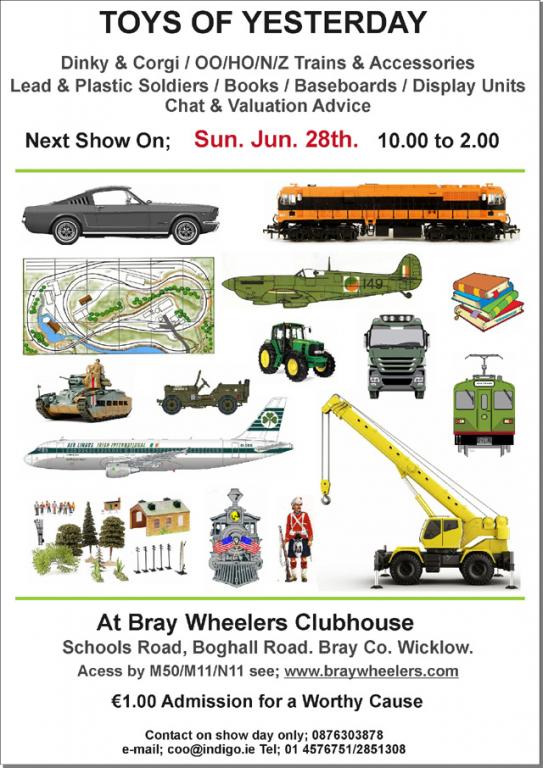-
Posts
2,717 -
Joined
-
Last visited
-
Days Won
70
Content Type
Profiles
Forums
Resource Library
Events
Gallery
Blogs
Store
Community Map
Everything posted by murrayec
-
Hi Thanks guys for the great comments Riversuir226;- I have added you to the list, keep an eye on this thread for when its available, I only hit this project in spots here and there- but I am getting there!... Warbonnet;- Yes, this can be arranged, but I recommend at least 10 units to start with and see how you go from there! Eoin
-
Hi DC Don't know about the Abbeyleix show- where's Broithe? But the Chris Dyer Fairs show is on Sept 13 in the Stillorgan Park Hotel, South Dublin. Eoin
-
Here it is;- This is a clip of a 12v electric fan test on the Class C locomotive, the motor is running from the loco DCC chip on a function button with a few resistors to bring down the speed, when complete it will have its own DCC chip which will control speed and direction. Eoin
-
untilhttp://irishrailwaymodeller.com/showthread.php/94-Toys-of-Yesterday-Bray-Show?p=72826&viewfull=1#post72826
-
Hi All Here are a few shots of the first two '2014 logo livery' DARTs out of the workshop last week;- Eoin
-
Hi Here are a few photos of the set-up for an N Gauge Martello Tower cut out with the hot wire cutter;- This shot shows the exploded components for one tower and a second assembled. The tower is done in two sheets so that the door recess can be cut in the lower section. This shot shows the components just about to be glued together This shot shows the tower set up on the machine ready to slide in under the wire and cut the top parapet chamfer. The tower is held to the cardboard template by a drawing pin so the tower can be rotated under the wire when in position. The cardboard with tower is slid in under the hot wire up to the mark, taped down, and then the tower is carefully rotated This shot shows the parapet cut Eoin
-
Hi Chevron If your still watching I have posted some photos and text on my Class C ECMchas thread here;- http://irishrailwaymodeller.com/showthread.php/4121-Class-C-ECMCHAS-For-Silver-Fox-Kit?p=72820&viewfull=1#post72820 Eoin
-
Hi All I have now constructed a non motor bogie to run some tests- see below;- There is some making in this and after it all I have found its cheaper to use the second motor and have that extra umph! I tested the new bogie and could only pull 5 coaches max and at this the throttle had to be full open to get moving. Pulling small wagons- it's grand, up to 10 can be run without difficulty. So the two motors are more economical and more powerful - decision made. Here are a few photos of the lighting system going in, the directionals are run by two clear LEDs with .45mm fibre optic strands doing the bulb job on the loco. The LEDs are shrouded with a brass tube, with an aluminium tube socket holding the FB strands. The strands are epoxied in and the ends polished for best pick-up. This is the brass shrouds over the LEDs with the FB strands plugged in This is a shot of the system complete, some shrinkie was added over the LEDs as they were lighting up the inside. Also the radiator cooling fan has been installed and cab light blue tacked in to test. Under test in forward direction with cab light on Under test in reverse direction I used the Tiger lamp fibre optic strands on this build, they are ok but varies in size from strand to strand- .4mm up to5.2mm. Also there were a number of small fractures in the strands which looses some light, but the clear LEDs are quite powerful so no major loss. The red lamps are done by a touch of paint on the end. Eoin
-
Hi Forget those pancake motors, I reckon its the gear drive system that causes all the problems. By the time you've messed about with it, you would have fitted a replacement Tenshodo spud or a Black Beetle into that hole with a little brass bridge support fixed to the chassis. Eoin
-
Hi Looking at this CLIP system, I may be wrong, but it looks like sharp corners are going to be a problem. Any of the examples shown have this feature! Eoin
-
Sorry GSR800;- Do not use a drill bit on your brand new Alan Gibson links, no matter how careful one is the drill bit will not go in centred and will mess up the links with loads of slop. There is a tool for this work called a 'Broach' - sets can be got from Expo Tools also looking at the model I think the screws are pretty big and the Gibson links may not allow for that size hole! a remedy for this is to solder on large washers centred over the rod holes and then open up the holes to size. Eoin
-
Both are fine for an analogue layout, just more work in Electrofrog involving the polarity switch, it's an ascetic thing really- real tracks just don't have a chunk of plastic in the middle of points! see Broithe's pictures above- which looks like the real thing? Eoin
-
Hi Broithe Yes H&S is a problem, though as the station building is not erected yet! the bridge wont be used for some time, which will allow the etching department of the works to get things right.... Weshty Here are a few more construction shots for you Eoin
-
Hi In my experience doing the mod to the Hornby check rail does not require removal of the points, it can be done insitu and does not require any knowledge in regard to bin day! The mod is for existing Hornby points already installed- for new stuff do use Peco. again my experience of this mod can make up for a tittering chassis (one wheel off the track), it keeps the wheels in line over the air gap of the frog! It's easier to modify the points than to try and straighten up a built chassis- as long as the chassis is not way out of line. Eoin
-
Hi richrua The frog stuff;- The frog is the pointy bit in the middle of the points; Insulfrog is made of plastic and this breaks the track power at this point because when switching the points there would be a short circuit! Not a major problem if your locos have more than one set of pick-ups, if using only one set of pick-ups you have probably noticed a slight stutter of the loco going through the points at slow speed? Electrofrog is made of metal and carries the power through the frog, but requires extra wiring and a switch to change the polarity so that there isn't a short. Then there is no break in the power over the frog. Hope that helps Eoin
-
Hi richrua As Broithe says- weight is the main one. I posted a thread on modifying Hornby points to get over this problem- it's in the tips n tricks area Eoin
-
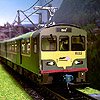
What type of wood do you use as a base?
murrayec replied to Irish Rail's question in Questions & Answers
Lung Problems. In the early days of MDF it had some pretty nasty glue in the mix- lung cancer was the result if dust extraction and lung protection was not used. We're talking in the early 80's now, the manufactures realised this and quickly revised the product back then- but the myth still prevails today. MDF is no more dangerous than any other building product- cement, bitumen, paint, insulation, plastic, glue, etc. Especially when these products are used in home workshops where there is no inspectorate, due care and caution is required by the user- that includes a lung protection mask or extract system. Lidl do a hover that works as a dust extractor, it even has a power socket for the tool your using to switch the unit when the tool is powered on, its basic but I recommend all home workshops are equipped with one. Last time I saw it I think it was for around €60.00 Waterproof. MDF comes in different grades, the standard grade- which is the common one, is not waterproof. Its surface will repel water for a few seconds but after that it will mess up, and if left for long period it has a disastrous affect. There are MDF sealer products, paints, and varnish which will render it waterproof. MDF does come in a waterproof grade but it is rather expensive. Materials Used. I use a lot of different types of materials in the workshop, I'm a sound believer in recycling and use everything I get my hands on, so its quite varied and some if not all are hazardous- information is the key to safety, know what your using and protect against it. Its that simple This is a good argument for using someone like Baseboard Dave to do the work, he is set up for exactly this purpose. You will pay a bit more than you would doing it yourself but I reckon its better and get it right first time- sure look at the pictures above and see, most of us cannot provide that quality.... Eoin -
-
-
untilStarts at 10.00am till 2.00pm http://irishrailwaymodeller.com/attachment.php?attachmentid=19117&d=1432566917
-
Hi David Nice locos One of the most enjoyable jobs in this hobby- taking a broken train and restoring it to working order, that's the best Eoin
-
Hi 3 day show in Blackrock Co Dublin I think is in October- I'm sure someone will confirm the date It's on the bank holiday weekend Eoin
.png.c363cdf5c3fb7955cd92a55eb6dbbae0.png)


